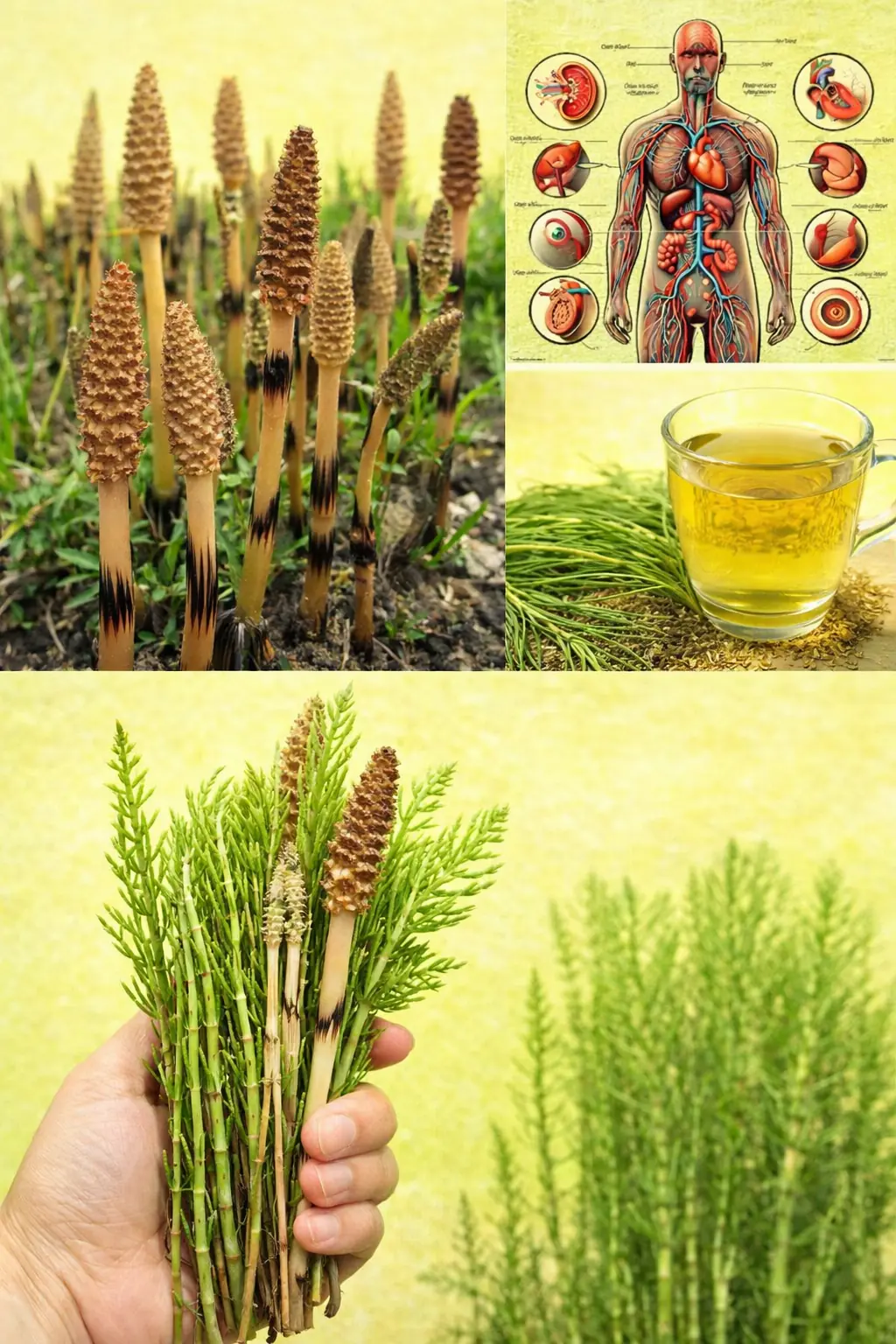
Did you know that if you get spots on your hands it means you have
What It Means When You Get Brown Spots on Your Hands
If you notice brown or dark spots appearing on your hands — especially as you age — they are most likely
age spots, also called liver spots or solar lentigines. Despite their name, they have nothing to do with your liver’s health.Instead, they are caused by years of exposure to the sun’s ultraviolet (UV) rays
, which trigger your skin cells to produce extra melanin, the pigment that gives your skin its color.Over time, this pigment gathers in certain areas, creating flat, brownish patches
that vary in size and shape.
🌞 Why It Happens
-
Sun exposure (main cause):
Every time your hands are exposed to sunlight — even for short periods — UV rays penetrate the skin and speed up melanin production. After years of accumulated exposure, this pigment forms visible spots. -
Aging:
As we age, our skin’s ability to regenerate decreases. The natural renewal of skin cells slows down, which means damaged and pigmented cells stay longer on the surface. -
Hormonal changes:
Hormones, especially estrogen, can influence melanin activity. This is why women often notice pigmentation changes during menopause. -
Genetics:
Some people are genetically more likely to develop these spots, even if they don’t spend much time in the sun. -
Smoking and environmental damage:
Smoking and pollution accelerate oxidative stress, leading to premature aging and pigmentation.
Health Implications
In most cases, these spots are harmless and are only a sign of
sun damage and skin aging, not a symptom of disease.However, they do serve as a warning sign — your skin has been overexposed to UV rays for years, which also increases your risk of skin cancer.
That’s why dermatologists recommend:
-
Keeping an eye on the size, color, and shape of these spots.
-
If a spot becomes irregular, grows quickly, changes color, or bleeds
, you must get it checked immediately.
How to Treat and Fade Them
1. Topical Creams and Serums
-
Retinol or Retinoids: Boost cell turnover, helping fade pigmentation over time.
-
Vitamin C serum:
Brightens the skin and prevents new dark spots. -
Hydroquinone (used under medical supervision): A bleaching agent that lightens dark spots.
-
Niacinamide: Reduces pigmentation and strengthens the skin barrier.
-
Glycolic acid or lactic acid creams:
Exfoliate the outer layer and promote new skin growth.
2. Professional Treatments
-
Laser therapy: Targets and breaks up melanin clusters, lightening dark spots.
-
Cryotherapy: Freezes and removes the pigmented cells.
-
Chemical peels: Remove the top layer of skin, allowing fresh, even-toned skin to appear.
-
Microdermabrasion: Gently sands away the damaged surface layer.
3. Natural Home Remedies (gentle but slower results)
-
Lemon juice: Its citric acid helps lighten spots naturally (apply 10 min, rinse, and moisturize).
-
Apple cider vinegar: Contains acetic acid, which can help fade pigmentation.
-
Aloe vera: Contains aloin, a natural depigmenting compound that soothes and repairs skin.
-
Castor oil with vitamin E: Promotes new cell growth and restores elasticity.
🧤 Prevention: Protect Your Hands Daily
-
Use sunscreen (SPF 30 or higher) every day, even indoors or while driving — the hands are constantly exposed to sunlight.
-
Wear gloves while driving or working outdoors.
-
Moisturize daily to keep the skin barrier strong and prevent further damage.
-
Avoid tanning beds — they cause the same type of UV damage.
-
Eat antioxidant-rich foods like blueberries, oranges, spinach, and nuts to protect skin cells from oxidative stress.
🌟 The Good Side
Even though age spots can be frustrating, remember this:
They’re not a sign of illness — they’re your skin’s story, a reflection of all the days you lived under the sun.
Taking care of your skin now can slow further damage and even reverse some of the visible signs.
🩺 In Short:
-
Cause: Long-term sun exposure → excess melanin → dark spots.
-
Not dangerous, but they indicate past UV damage.
-
Treatment: Sun protection, brightening creams, or professional procedures.
-
Prevention: Daily sunscreen, gloves, and antioxidants.
News in the same category

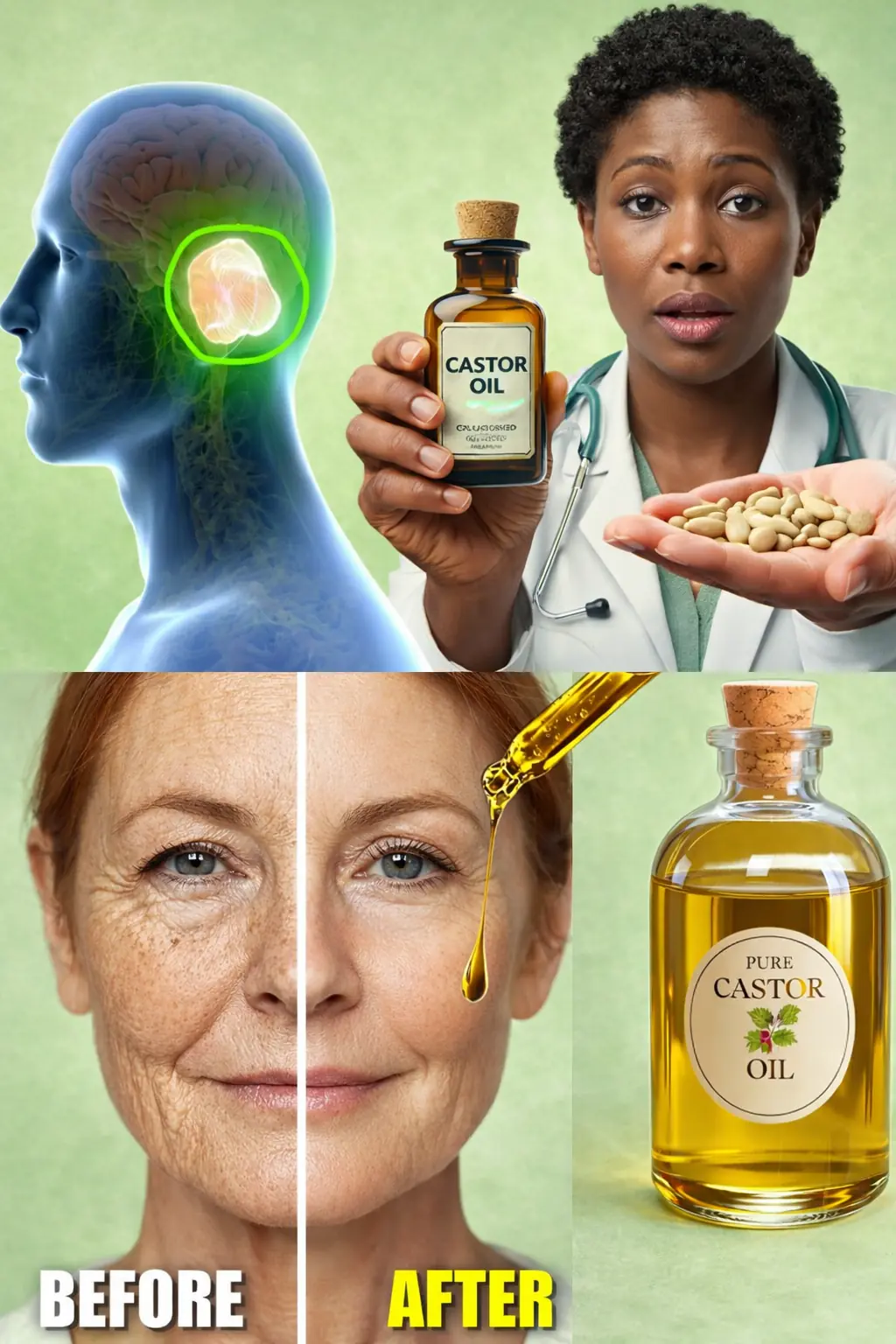
Castor Oil + Garlic: A Timeless Remedy with Surprising Comforts
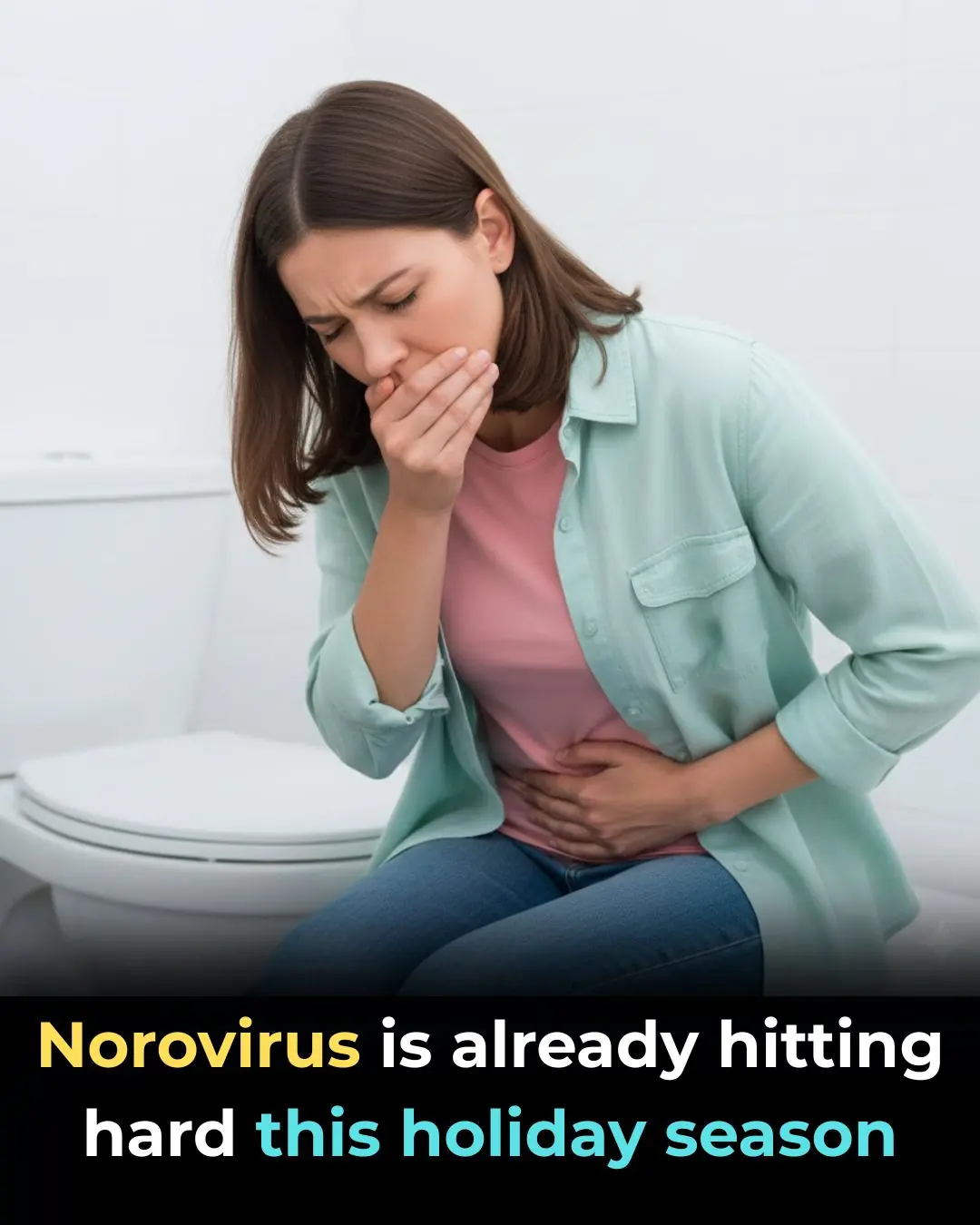
Norovirus Is Already Hitting Hard This Holiday Season
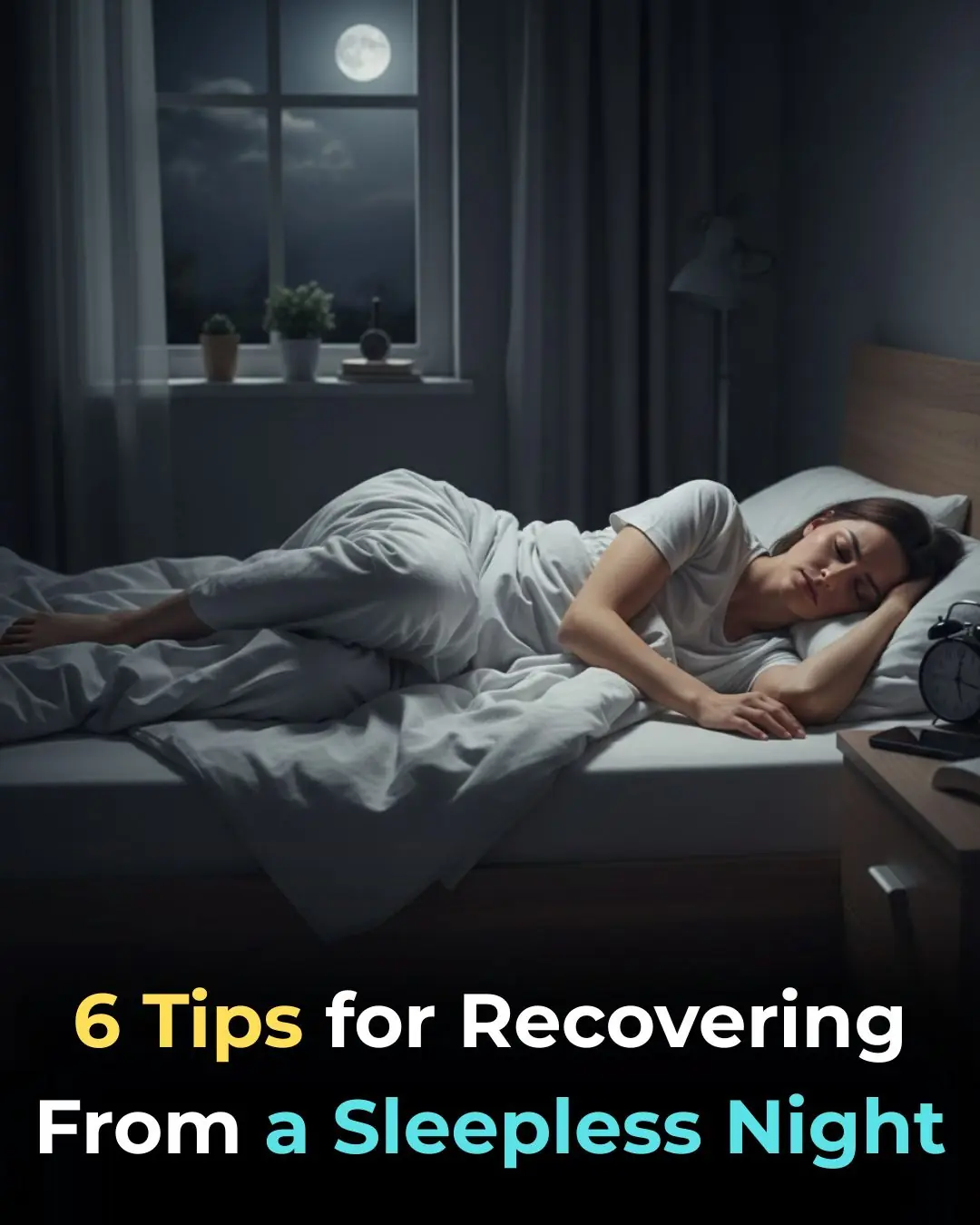
6 Tips for Recovering From a Sleepless Night
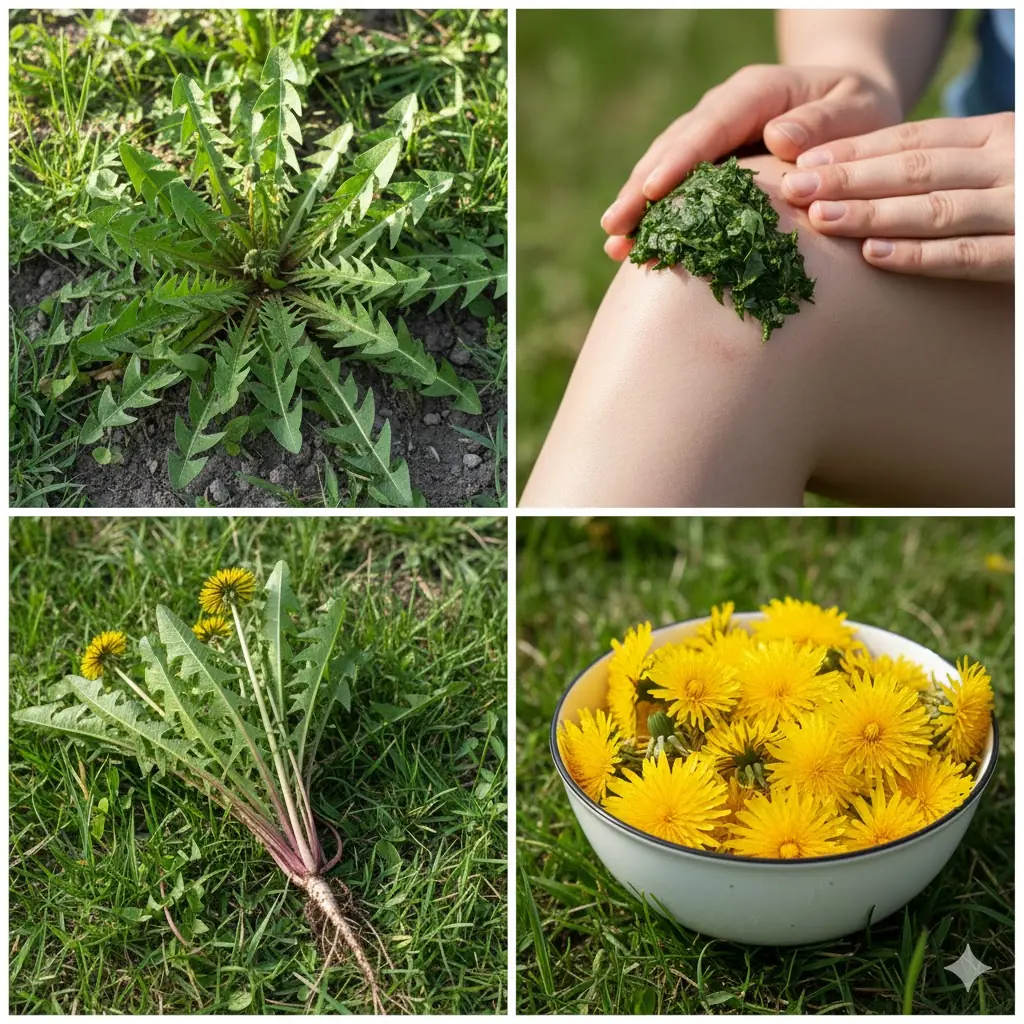
The Mighty Dandelion: Nature’s Hidden Treasure
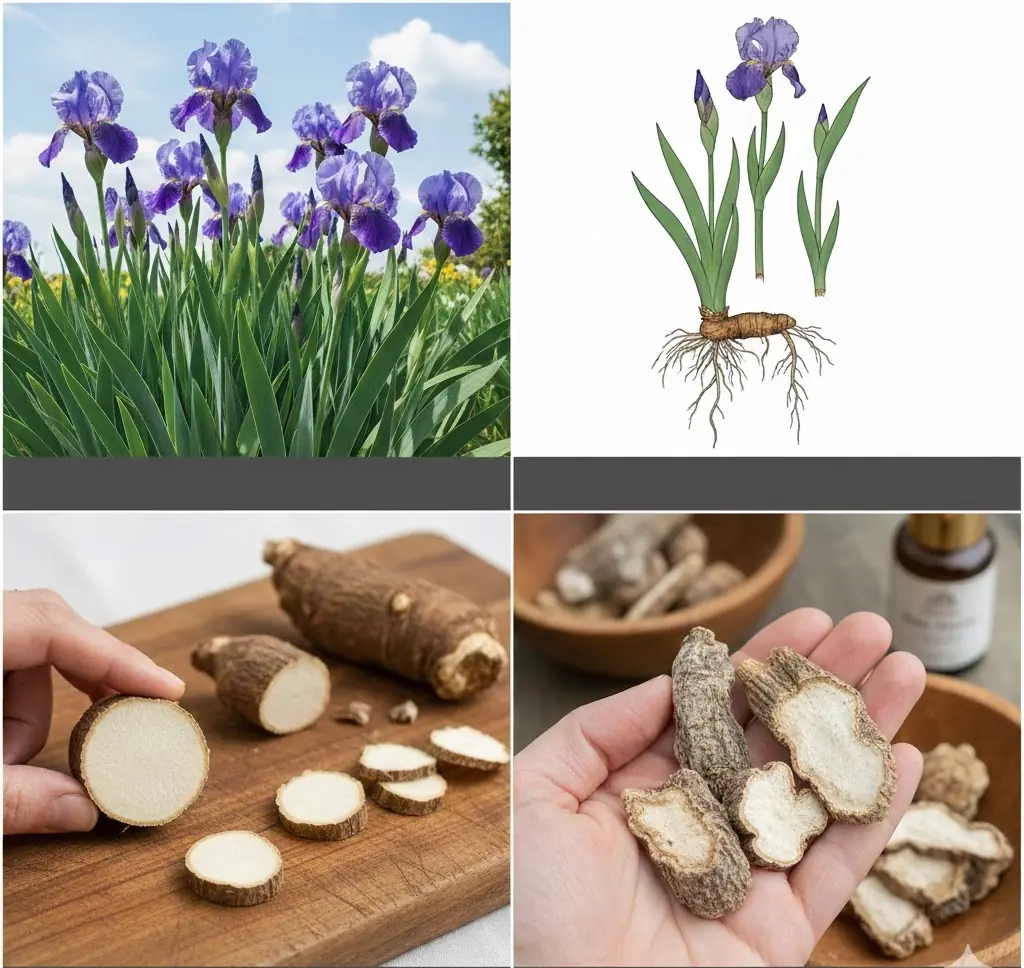
The Hidden Power of Iris Flowers: Ancient Beauty with Healing Potential

Date Seed Coffee: A Caffeine-Free Alternative with Surprising Benefits

Scientists Have Finally Identified the Bacteria That Trigger Multiple Sclerosis
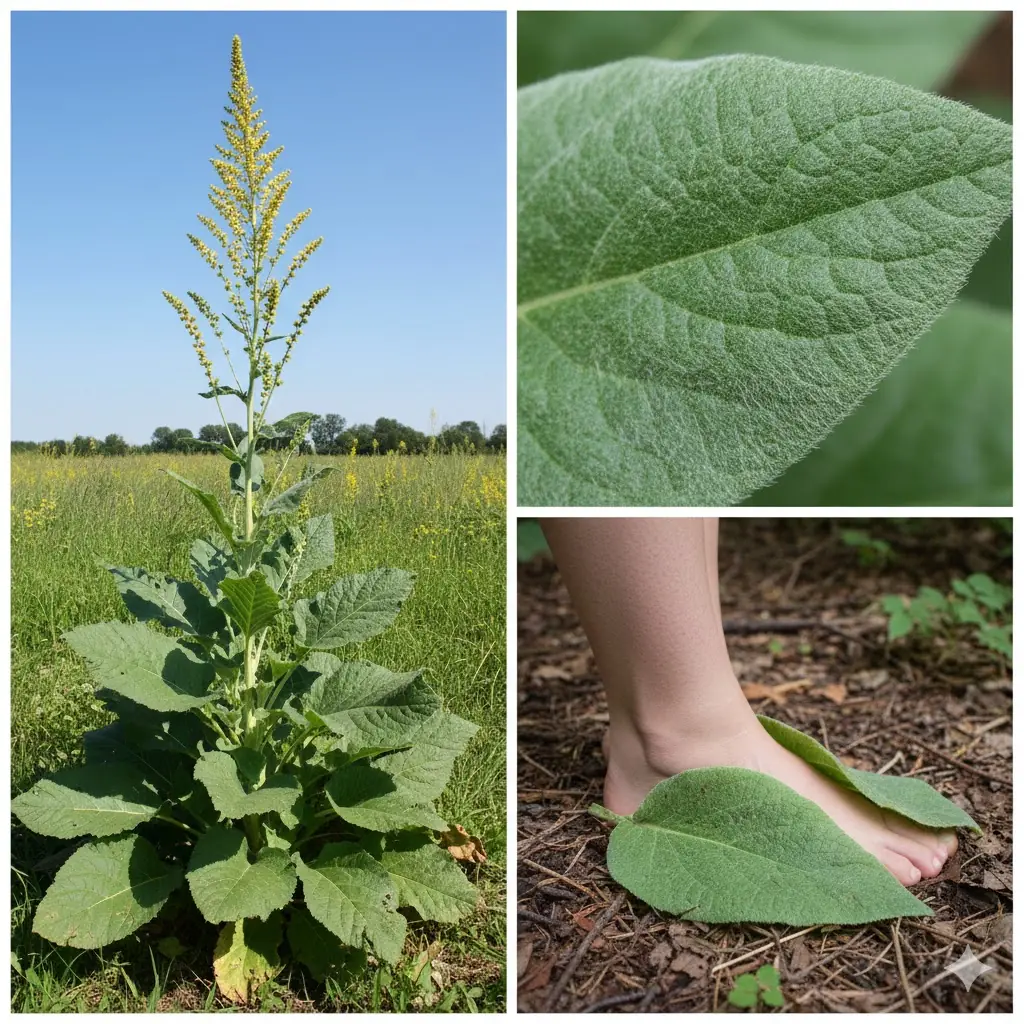
Why You Should Put Mullein Leaves on the Soles of Your Feet

12 Benefits of Bull Thistle Root and How to Use It Naturally

Radical New Study Suggests Alzheimer’s Has a Single Root Cause
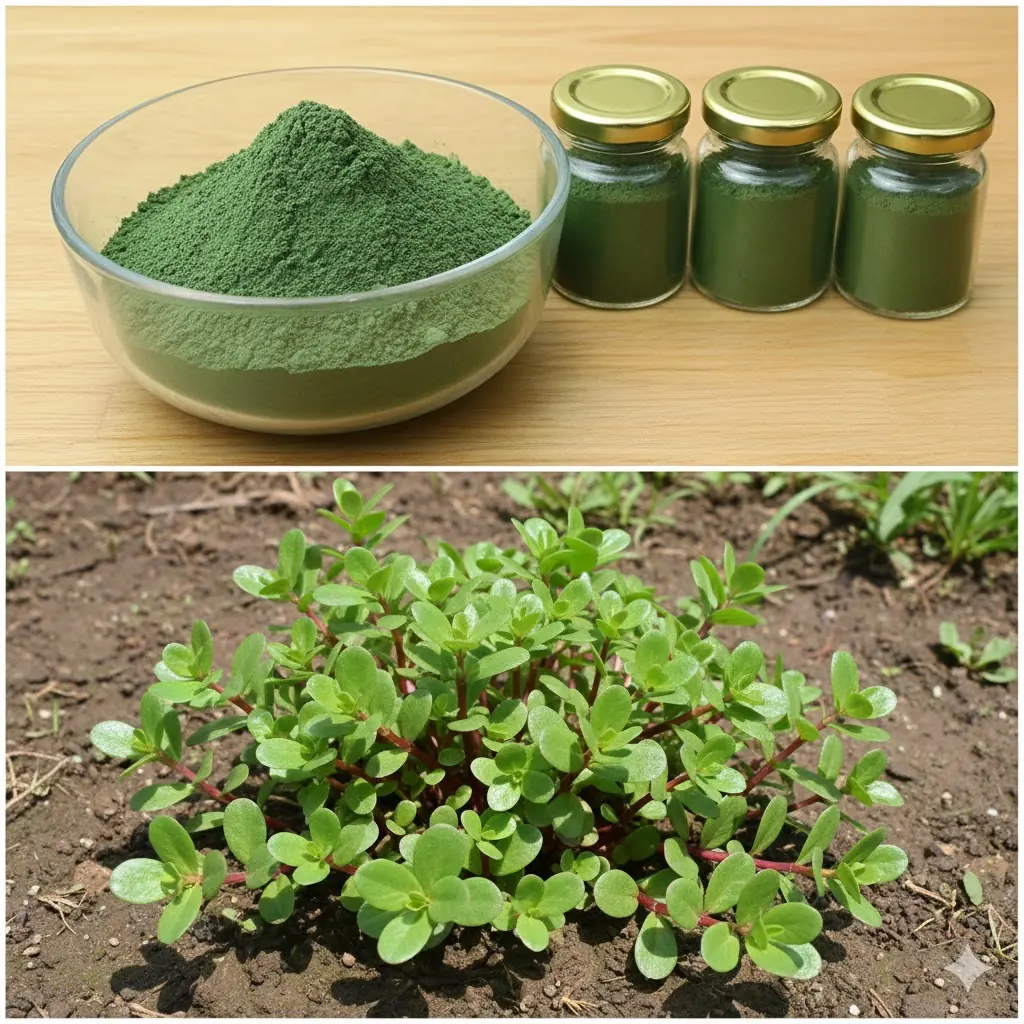
Purslane: The Underestimated Superfood with Maximum Health Benefits

Diagnosed with terminal cancer that had metastasized to the brain, the woman went for a check-up and burst into tears upon learning that her husband and son were the culprits
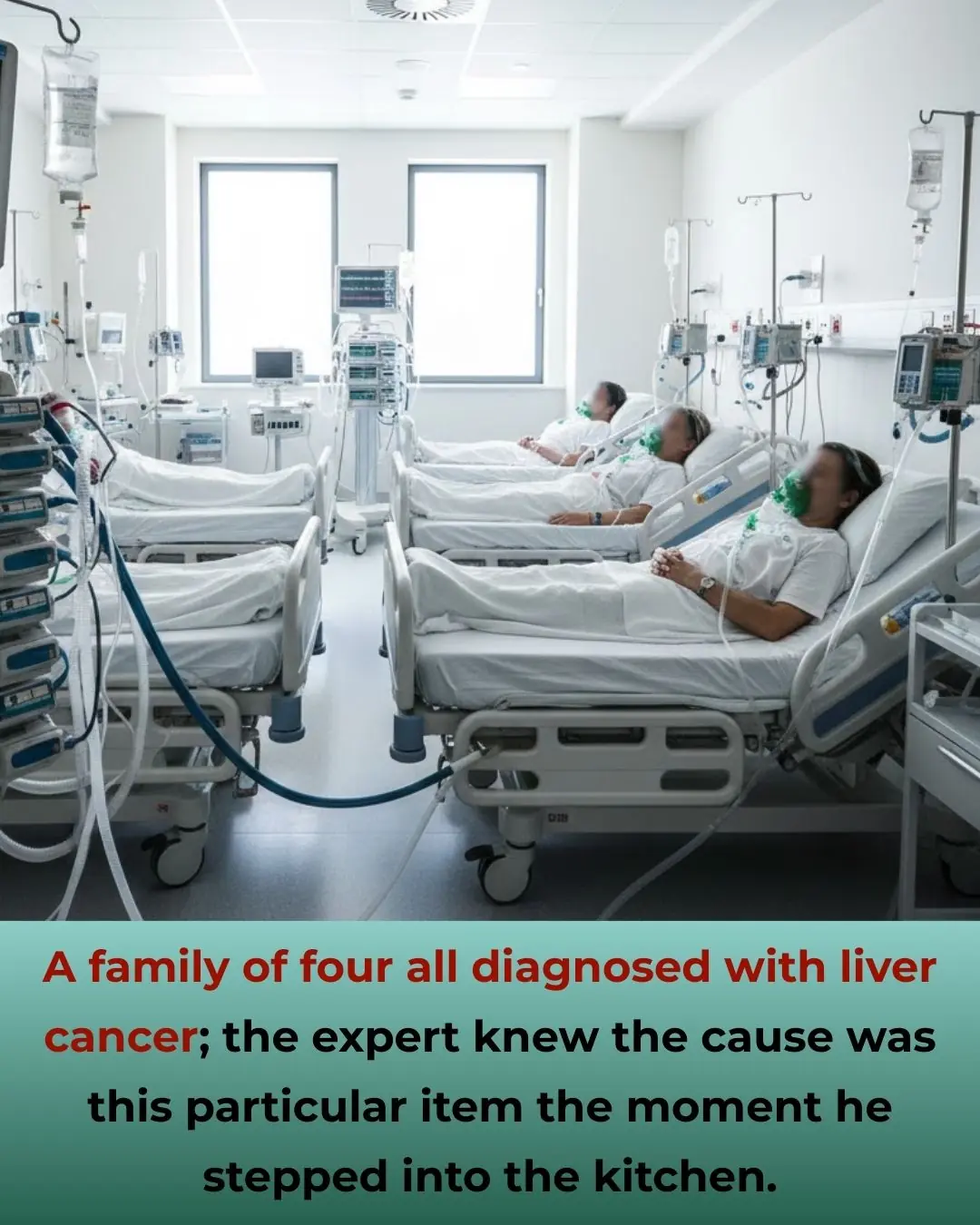
A family of four all diagnosed with liver cancer; the expert knew the cause was this particular item the moment he stepped into the kitchen

Could Overdoing Lemon Water or Preparing It Incorrectly Lead to Unwanted Issues?

Top 5 vitamins to supercharge circulation in your legs & feet
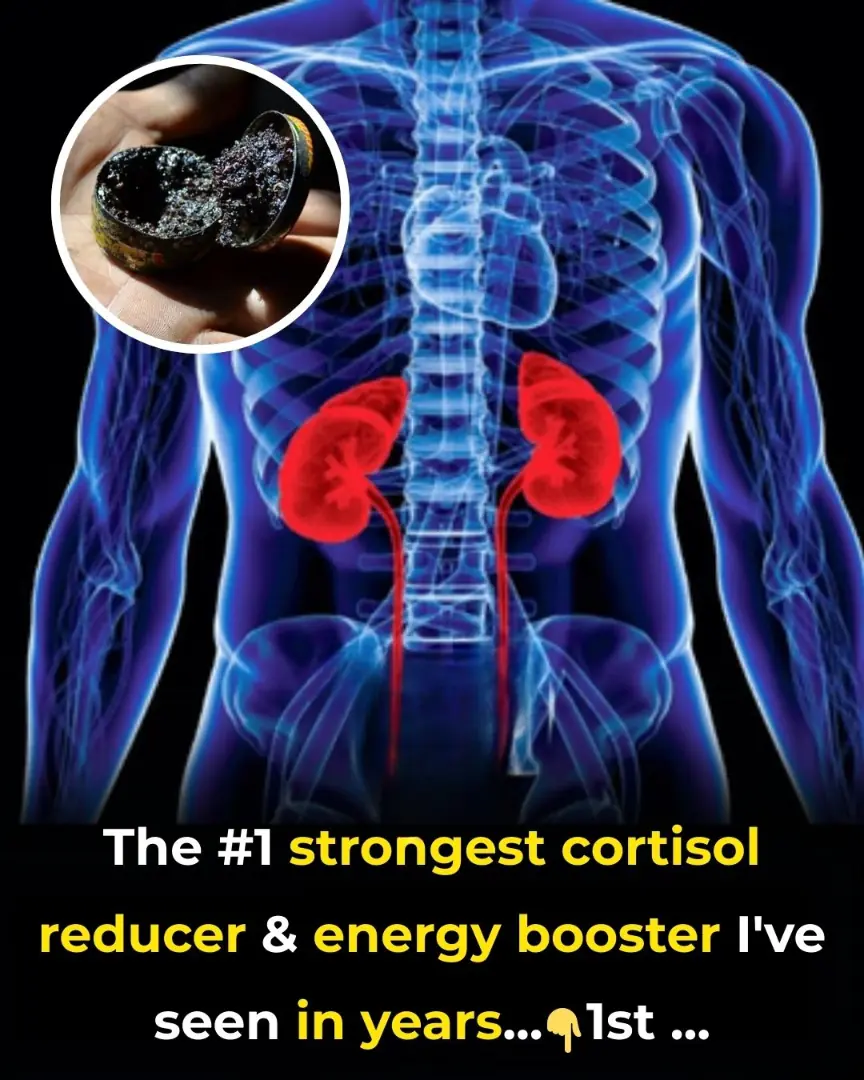
The #1 strongest cortisol reducer and energy booster in years

Did You Know That Waking Up At 3 Or 4 In The Morning Is A Clear Sign Of

A 30-year-old man was hospitalized and suddenly diagnosed with acute kidney failure: It all turned out to be due to one mistake during his workout routine
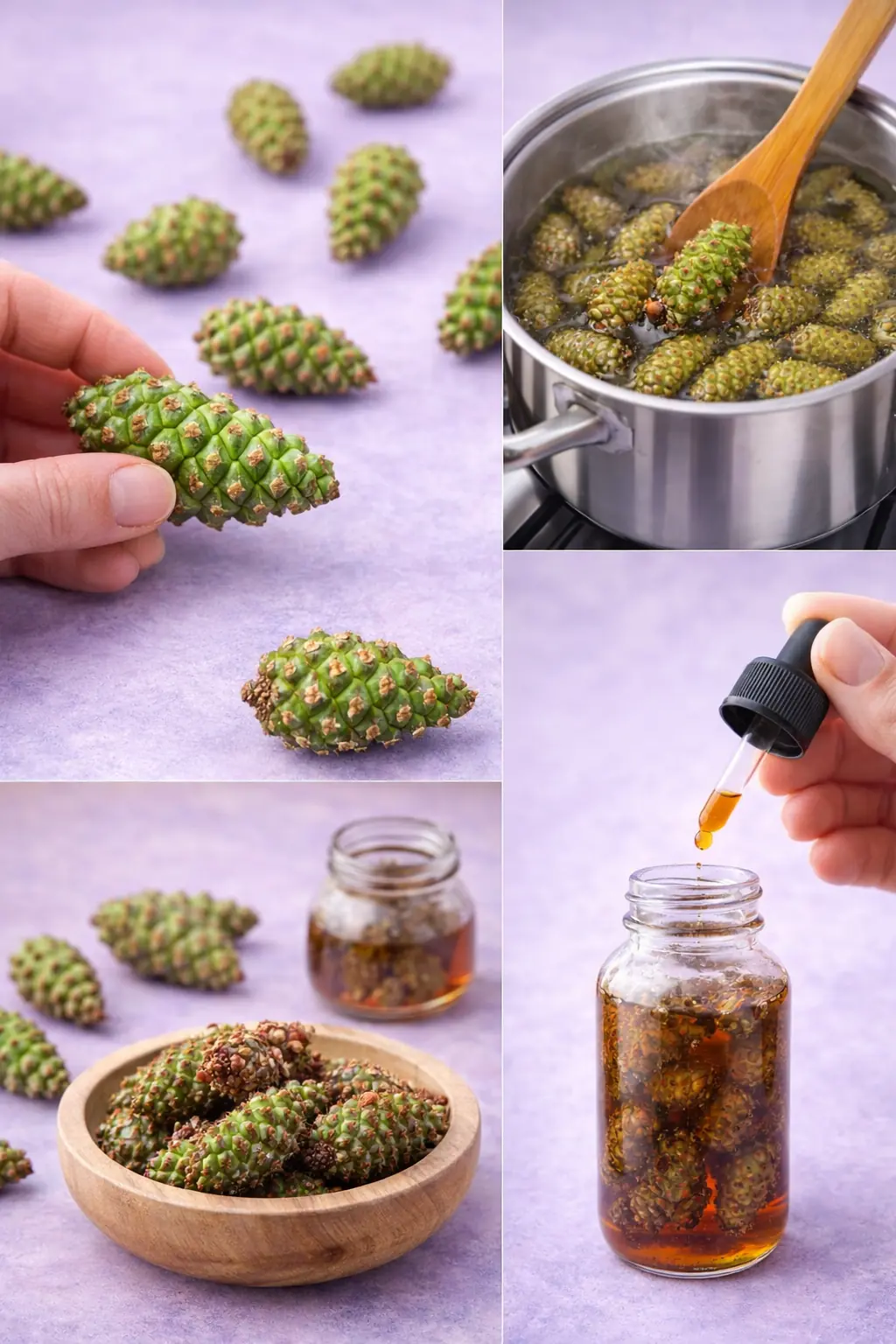
Pine Cone Syrup: A Beginner-Friendly Guide (Benefits, How to Make It, and Everyday Uses)
News Post

Japan’s 2025 Space Solar Power Test Brings Wireless Energy From Orbit Closer to Reality

🌿 Horsetail Herb: Nature’s Hidden Gem for Hair, Bones, Skin & More

Castor Oil + Garlic: A Timeless Remedy with Surprising Comforts

Norovirus Is Already Hitting Hard This Holiday Season

Add this one thing when mopping the floor, and your house will be spotless like new—dust won’t settle for a whole week

6 Tips for Recovering From a Sleepless Night

Place ginger under your pillow before bed and get 5 amazing benefits

Should you wash your hair first or take a shower first?

Some people blanch ribs before stewing, while others simmer them directly

The Mighty Dandelion: Nature’s Hidden Treasure

The Hidden Power of Iris Flowers: Ancient Beauty with Healing Potential

Metabolic Interventions in Oncology: The Impact of a Ketogenic Diet on Colorectal Tumor Progression
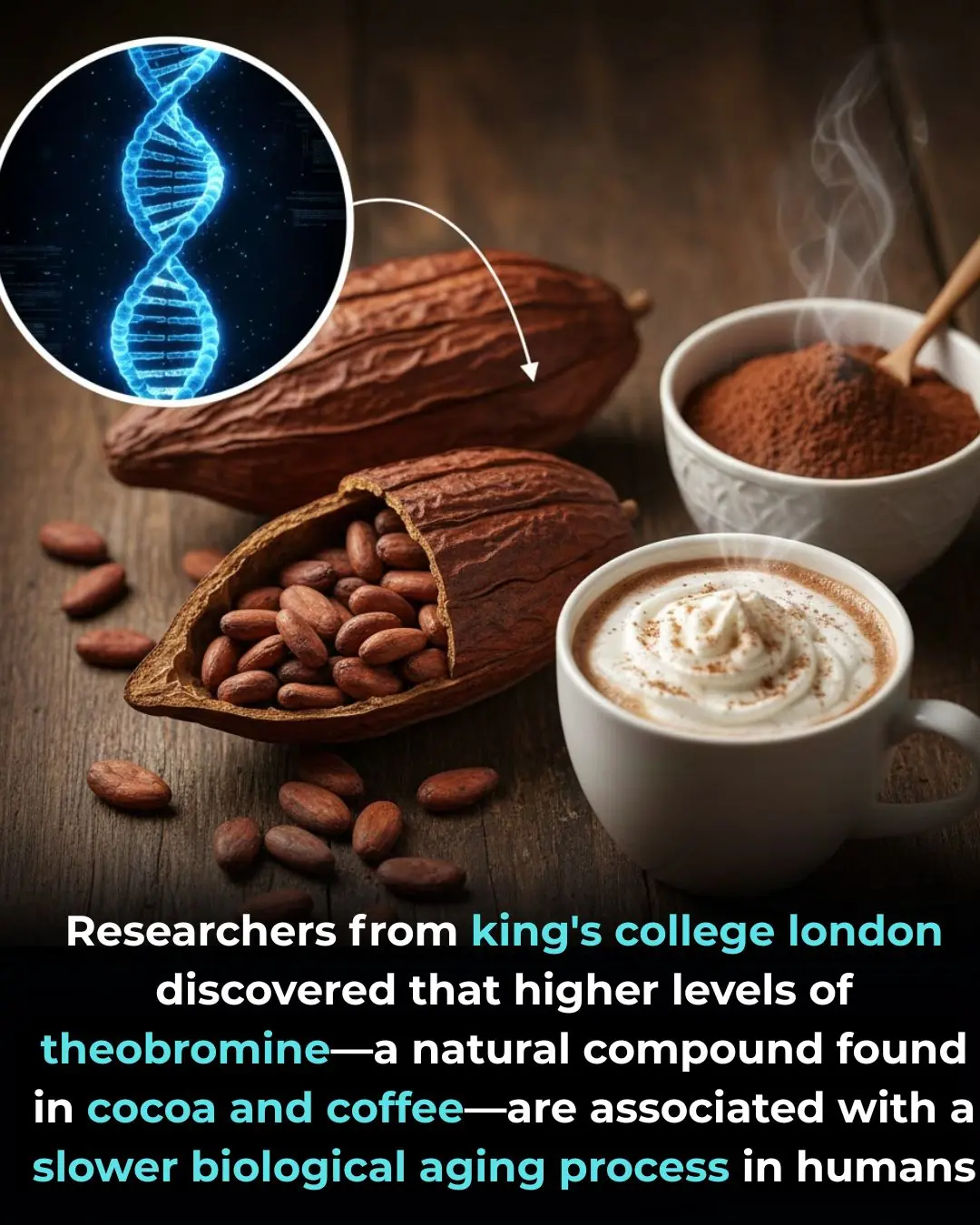
The Anti-Aging Potential of Theobromine: Slowing the Biological Clock
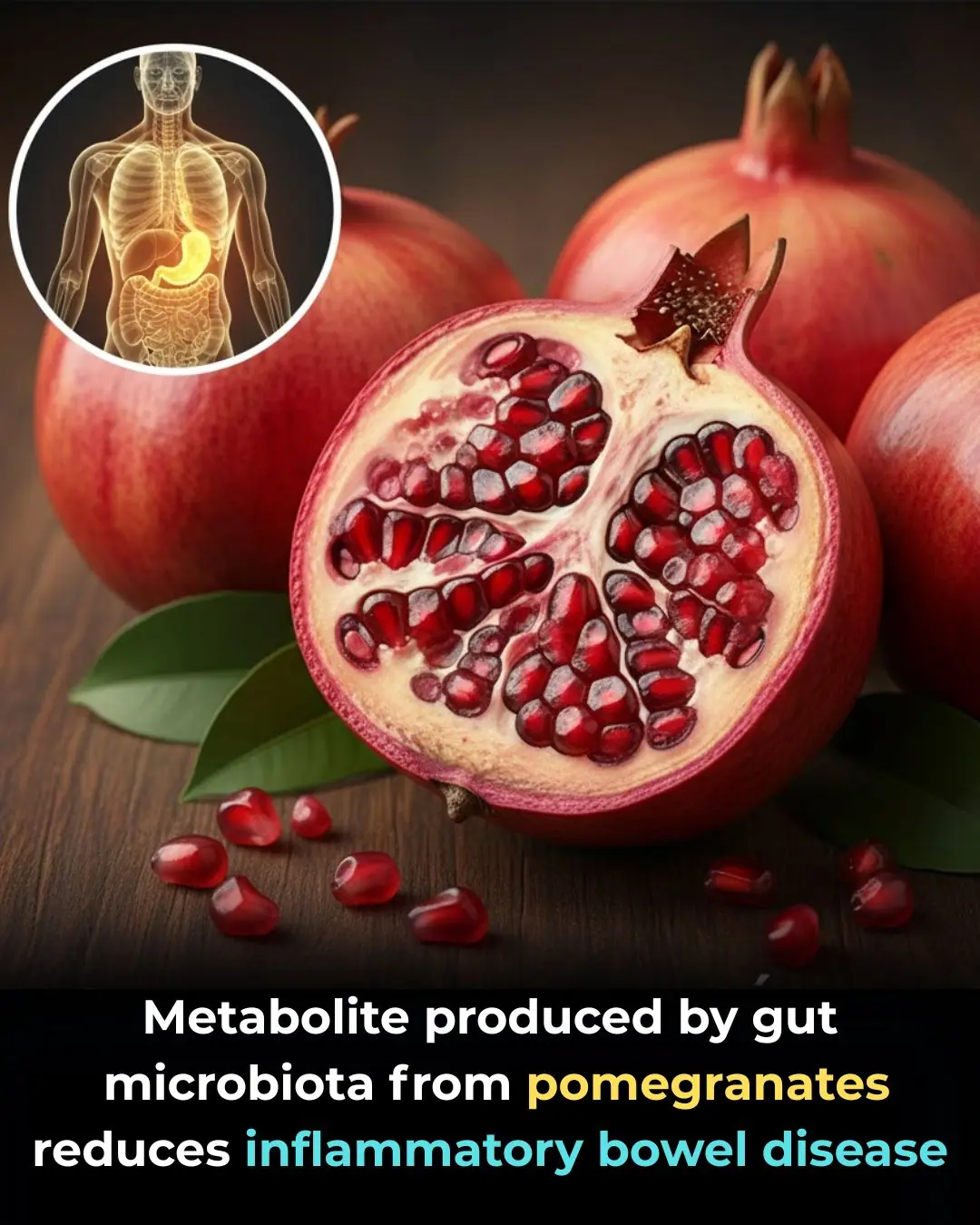
The Role of the Ketogenic Diet in Suppressing Colorectal Tumor Growth through Microbiome Modulation

Reversing Liver Fibrosis: The Therapeutic Potential of Vitamin B12 and Folic Acid in NAFLD

Metabolic Reprogramming: The Role of the Ketogenic Diet in Suppressing Colorectal Tumor Growth

Date Seed Coffee: A Caffeine-Free Alternative with Surprising Benefits

The Impact of Ketogenic Diet on Colorectal Cancer: Microbiome Reshaping and Long-term Suppression

Scientists Have Finally Identified the Bacteria That Trigger Multiple Sclerosis
